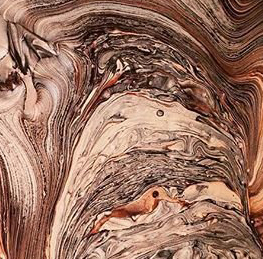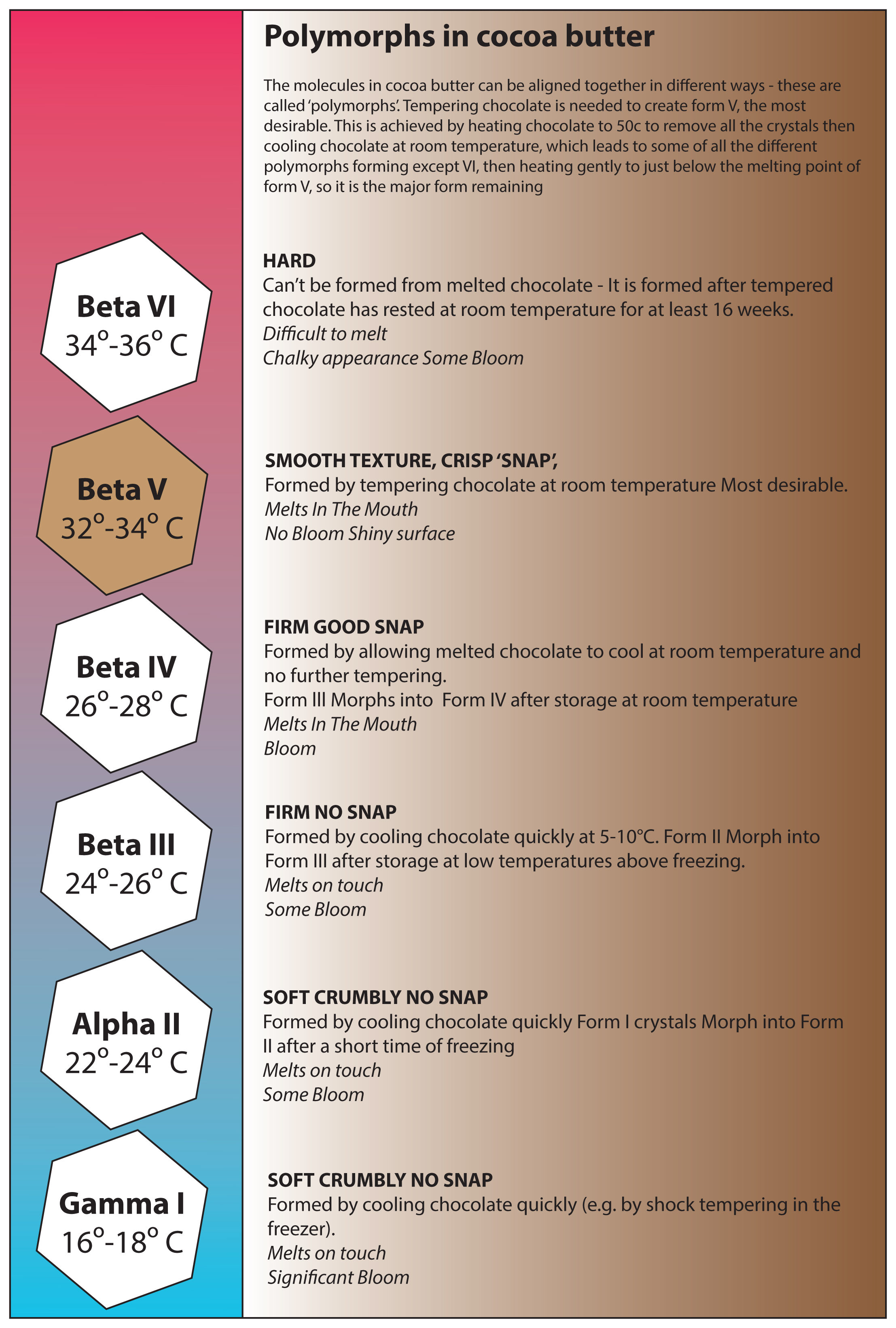 Greetings, fellow chocolate enthusiasts! As I stand at the helm of chocolate team-building workshops and indulgent tasting sessions, I'm often met with a common query that might have crossed your minds too: "What's that mysterious white layer on my chocolate?" Fear not, my chocoholic friends, for today we embark on a journey to demystify this enigma.
Greetings, fellow chocolate enthusiasts! As I stand at the helm of chocolate team-building workshops and indulgent tasting sessions, I'm often met with a common query that might have crossed your minds too: "What's that mysterious white layer on my chocolate?" Fear not, my chocoholic friends, for today we embark on a journey to demystify this enigma.
Picture this: you unwrap a luscious chocolate bar, brimming with anticipation. Yet, instead of the glistening, flawless treat you envisioned, you're confronted with an unsightly white or grayish covering. Alas, this peculiar phenomenon, though off-putting, is not an indicator of the chocolate's demise. It's simply undergone a scientific transformation, culminating in what we call "bloom." Allow me to enlighten you about this intriguing occurrence and how a little tender loving care can work wonders.
The Unsightly Yet Harmless Bloom:
Let's set the record straight: while that once alluring chocolate might appear to have taken an unfortunate turn, it's still, at its core, chocolate. The metamorphosis that results in the uninvited bloom is essentially a chemical reaction – a consequence of temperature fluctuations. Now, you might wonder, what causes this mysterious white powder or film?
Well, it can be either a fat bloom or a sugar bloom – neither of which do justice to the indulgence we adore. But fret not, this is not the end of the road for our beloved treat, merely a temporary detour that demands some attention.
Unwrapping the Culprits:
Before we delve into the nuances of these blooms, let's expose their perpetrators:
Incorrect Tempering: Poor tempering, or the mishandling of the chocolate's temperature during the crafting process, is a prime suspect.
Improper Cooling Techniques: Neglecting the crucial cooling phase, including covering centers with chocolate, or housing soft fats within chocolate-covered confections.
Unfavourable Storage Conditions: Exposing the chocolate to warm environs (above 18°C/64°F), or incorporating fats that don't harmonize with cocoa butter.
Abrasion and Handling: Rough treatment, be it abrasion or finger marking, can contribute to the bloom's emergence.
 The Enigmatic Science of Chocolate Crystals:
The Enigmatic Science of Chocolate Crystals:
To unlock the secrets of these blooms, we must venture into the realm of chocolate's crystalline structure.
Within chocolate, six distinct polymorphic crystals lie at the heart of its diversity. Among them, the beta 5 crystal reigns supreme for molded chocolate, lending it a glossy finish, an elegant detachment from molds, and that oh-so-satisfying snap upon breaking.
Deconstructing Sugar Bloom:
First up is the vexing sugar bloom. Imagine chocolate meeting moisture – a scenario that invokes the ardent affection sugar harbors for water. If you've ever dipped a spoon in your tea, only to find it coated in sugar upon returning to the bowl, you're acquainted with this phenomenon. When chocolate encounters warm or moist atmospheres, its sugar content absorbs any available moisture. As this moisture dries on the chocolate's surface, it crystallizes, forming a powdery, spotted white layer resembling mold. Preventing sugar bloom mandates keeping your chocolate safe from moisture, securely stored in a cool, dry sanctuary (no fridges allowed).
Decoding Fat Bloom:
Enter the elusive fat bloom – the migration of cocoa butter to the chocolate's surface, rendering it tacky and less-than-inviting. This anomaly often emerges due to erratic storage conditions; chocolate is quite the stickler for temperature consistency. Yet, it can also be a byproduct of tempering mistakes. Properly tempering dark chocolate demands meticulous temperature modulation – a climb to 45°C followed by a descent to 28°C, before ascending to 31°C, orchestrating the crystallisation of uniform cocoa butter crystals. A misstep here spawns irregular crystal sizes, translating to an unsightly fat bloom.
Embrace Bloom or avoid It:
But fear not, for salvation lies within reach. If you wish to savour chocolate in its prime, consider opting for single-origin varieties, adhere to the tempering process, and stow your treasures away from intense light, basking in an environment between 15-18°C (but remember, not in the fridge).
Resurrecting Bloomed Chocolate:
Should your chocolate succumb to bloom, redemption is not far off. Re-tempering can rejuvenate it for molding, or you might choose to transform it into delectable hot cocoa or a luscious fondue dip – a testament to the remarkable resilience of chocolate.
In the end, the art of chocolate crafting is an intricate dance with science and temperature, yielding creations that titillate the senses and soothe the soul. So, let's continue our love affair with this enigmatic delicacy, armed with the knowledge to decode its perplexing transformations. Until next time, may your chocolate experiences be as rich and vibrant as the cocoa pods from which they spring!
